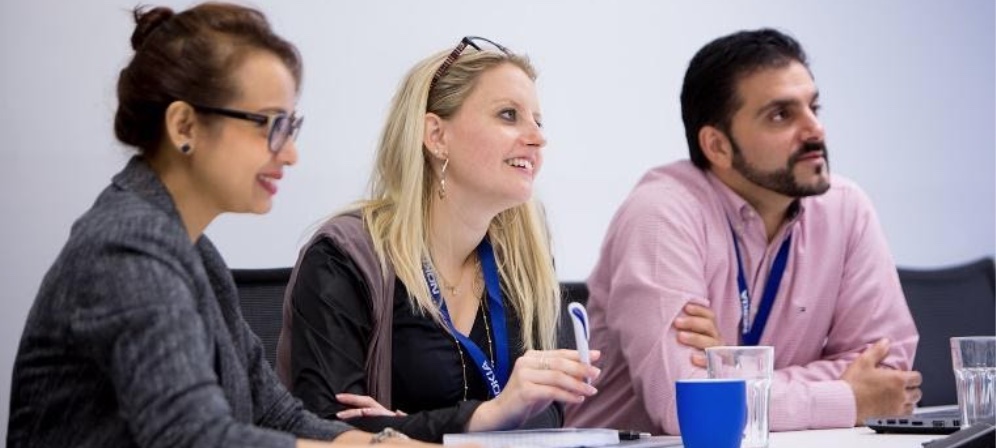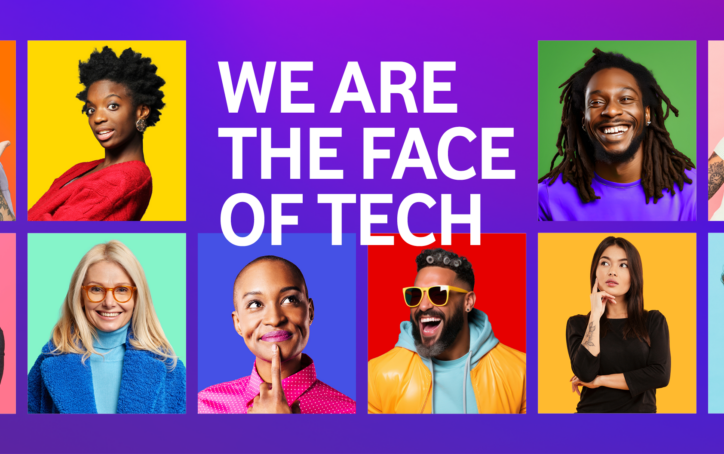
Closing the Unexplained Pay Gap
Nokia has a long-time commitment to inclusion and diversity and has continued to make this a key business priority. Additionally, Nokia’s customers measure and evaluate their suppliers’ actions on inclusion and diversity and insist on seeing their vendors not just speak to the subject but show evidence of specific actions designed to help mitigate inclusion and diversity challenges. In addition, our Nokia shareholders are also committed to changing and improving the landscape for women, the LGBT+ community, as well as other diverse groups.
What we wanted to achieve:
Nokia wants to strengthen its ability to attract and retain great people and bring the diverse perspectives needed to succeed in our business. We also want to show that we are ready to invest in our fight for inclusivity and to set an example for the tech industry.
What we did:
In 2019, Nokia conducted a pay gap analysis together with a human resource consulting firm. It revealed a small, but statistically significant, unexplained pay gap at Nokia. This gap represented the difference in salary between male and female workers once factors that drive pay at Nokia, such as job grade, experience, performance and location are considered.
Nokia allocated a special budget to close this unexplained pay gap and made the necessary adjustments to the compensation of impacted employees at one go. While the majority of beneficiaries of the pay increases were women, the research uncovered some unexplained pay gaps for men as well, which were also addressed.
As a cornerstone of our commitment to equal treatment, we continue to annually monitor pay equity and fund special remediation increases as necessary. To ensure that the unexplained pay gap, which was first closed in 2019 stays closed, we consistently address decisions, practices, and processes which might cause the unexplained pay gap to reopen. For example, we have put measures in place that aim to avoid inheriting the former pay gap of new hires, and we ensure objectivity through the use of graduate offer matrices globally.



